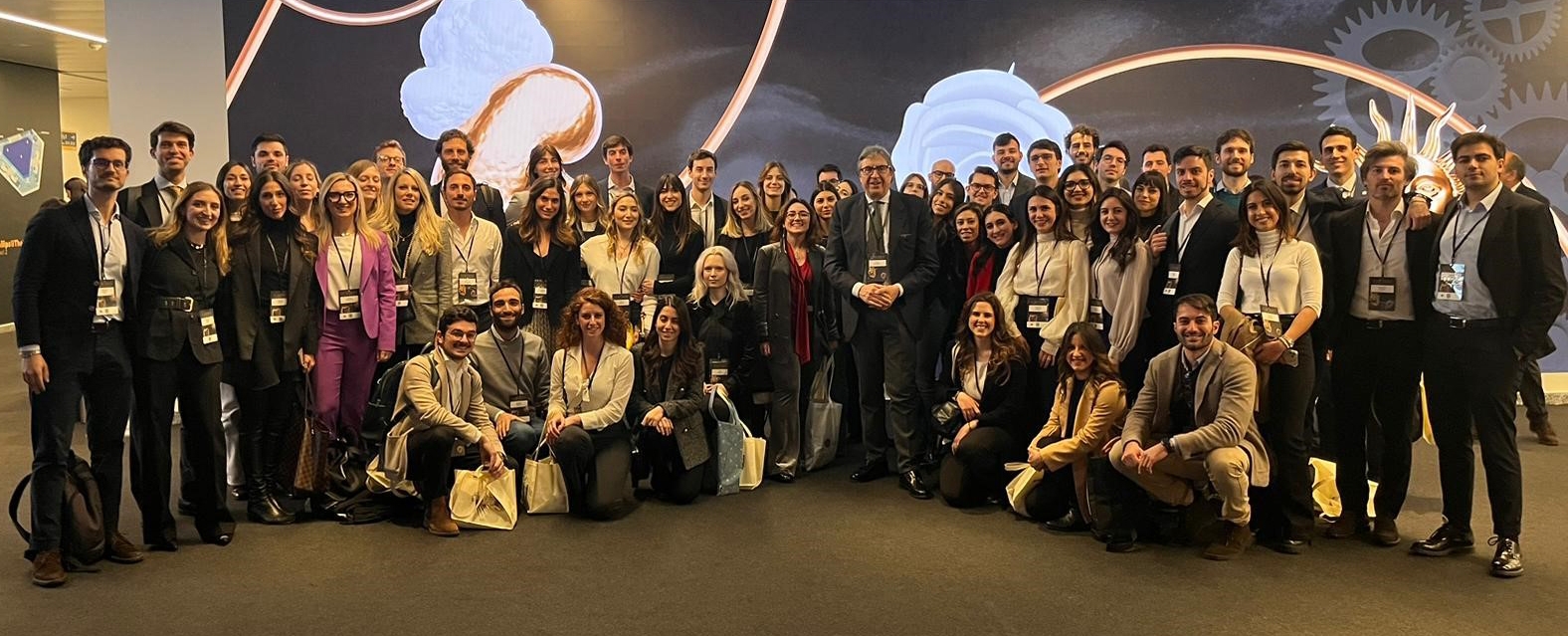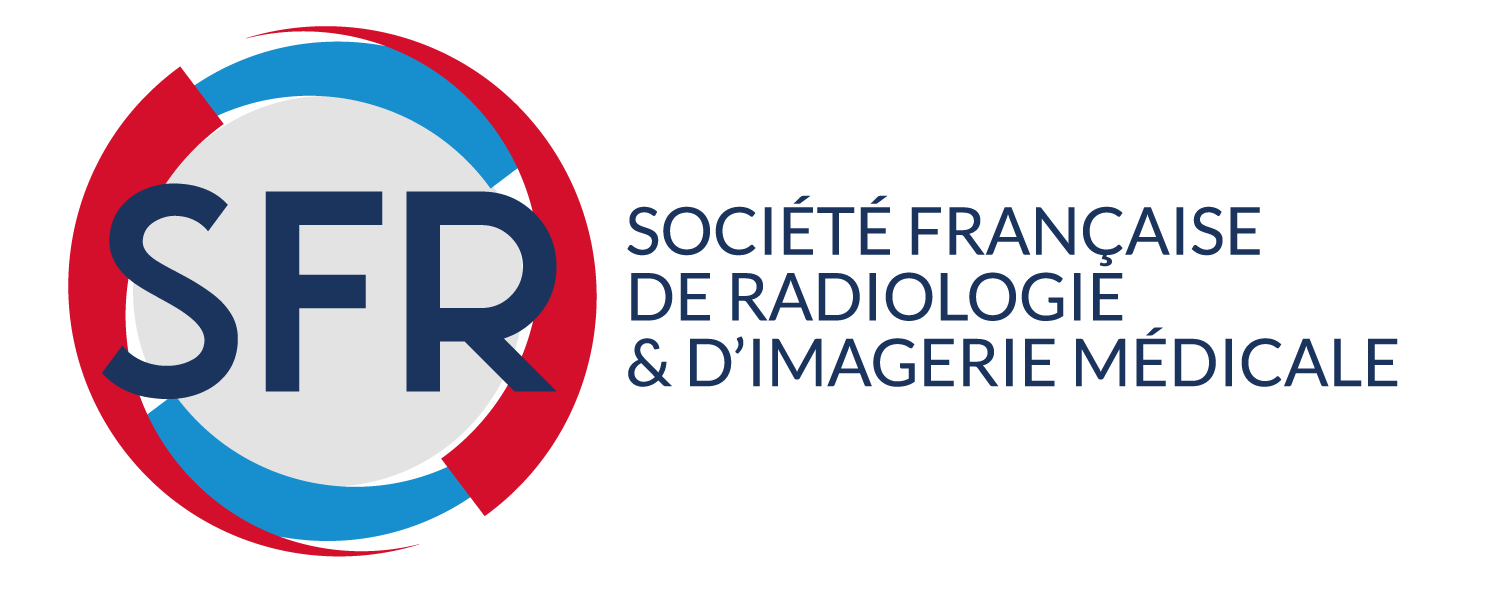Training young radiologists in Italy

The Italian Society of Medical Radiology (SIRM) is paying special attention to the radiologists of the next generation. SIRM Young counts over 3.000 young radiologists, aged 25-34 years, and is organized as a subspeciality section with dedicated educational activities.
To encourage participation of young residents, SIRM offers a 2-year free subscription and congress fee reductions to young radiologists under 33 years. This programme includes free participation in the educational basic webinars (20 webinars from march to June 2023) and fee reduction to additional 34 multidisciplinary and advanced webinars. Moreover, participation to the regional radiological meeting is free and a fee reduction is applied to the subspecialities annual meetings organized from April to December 2023 (our Society is formed by 18 subspecialities, the DEI commission and the SIRM Young). The National SIRM Meeting will be held in Milan in June 2024, where approximately 7.000 participants are expected. The program is almost ready and includes round tables focusing on how to invest on radiologists of the next generation. On Sunday, June 23rd 2024, a plenary session will be held by the Young Commission, the main topics of the session being teaching and hybrid technology.
Over the past 30 years, the impact of radiology on patient care has changed substantially; imaging has replaced clinical triage and assessment in several pathologies, leading to dramatic increase in image volumes requiring immediate reporting. Another challenge for young radiologists is finding themselves daily confronted with continuous technological advances.
Education is rapidly changing and evolving, from books and analog supports to fully digital and web-based platforms, and Generation Z radiologists are likely to expect educational programs to incorporate digital and hybrid resources.
Skills to be attained and notions to learn have enormously increased, as have texts and sources of knowledge. As a result, young students and residents are overwhelmed by a myriad of educational activities, sources and supports.
In Italy, the residency training programs last four years. In addition, Universities organize second level master’s degrees in different subspecialities that provide in-depth training in specific areas.
Different teaching modalities are employed, including practical clinical activities and standard frontal lessons. Alternative modalities are also used, including synchronous and asynchronous learning technologies (remote broadcasting, case conference and virtual readout sessions), and flipped classroom. The latter seems the most effective, since it provides clear connection between in- and out-of-class activities, and the possibility to assess student learning.
In the teaching programs, we aim to combine general radiological knowledge and clinical expertise to meet the needs of the territory and emergencies, as well as in-hospital activities. Multidisciplinary collaboration is encouraged to understand the specific needs of the other specialties and develop effective communication skills. A special attention is also focused on the technical aspects of emerging technologies such as MRI and CT and their recent advances.
During Graduate school, we promote research and academic opportunities. We involve residents in the participation in national and international scientific meetings and encourage them to engage in projects, present at conferences and publish scientific papers. We foster a culture of innovation to contribute to the advancement in the field.
Mentorship programs with experienced radiologists are created. Residents are trained to follow safety protocols to minimize errors and enhance patient outcome.
A special attention is focused on ethical and legal obligations such as informed consent and patient confidentiality.
Multiple strategies should be employed with the new generations to instill awareness of belonging and participation in the scientific societies and foster the creation of national and international networks. It is important to invest in training for leadership and pursuit excellence in the radiological discipline, because the new generations of radiologists will have an impact on institutions and other professional fields.
